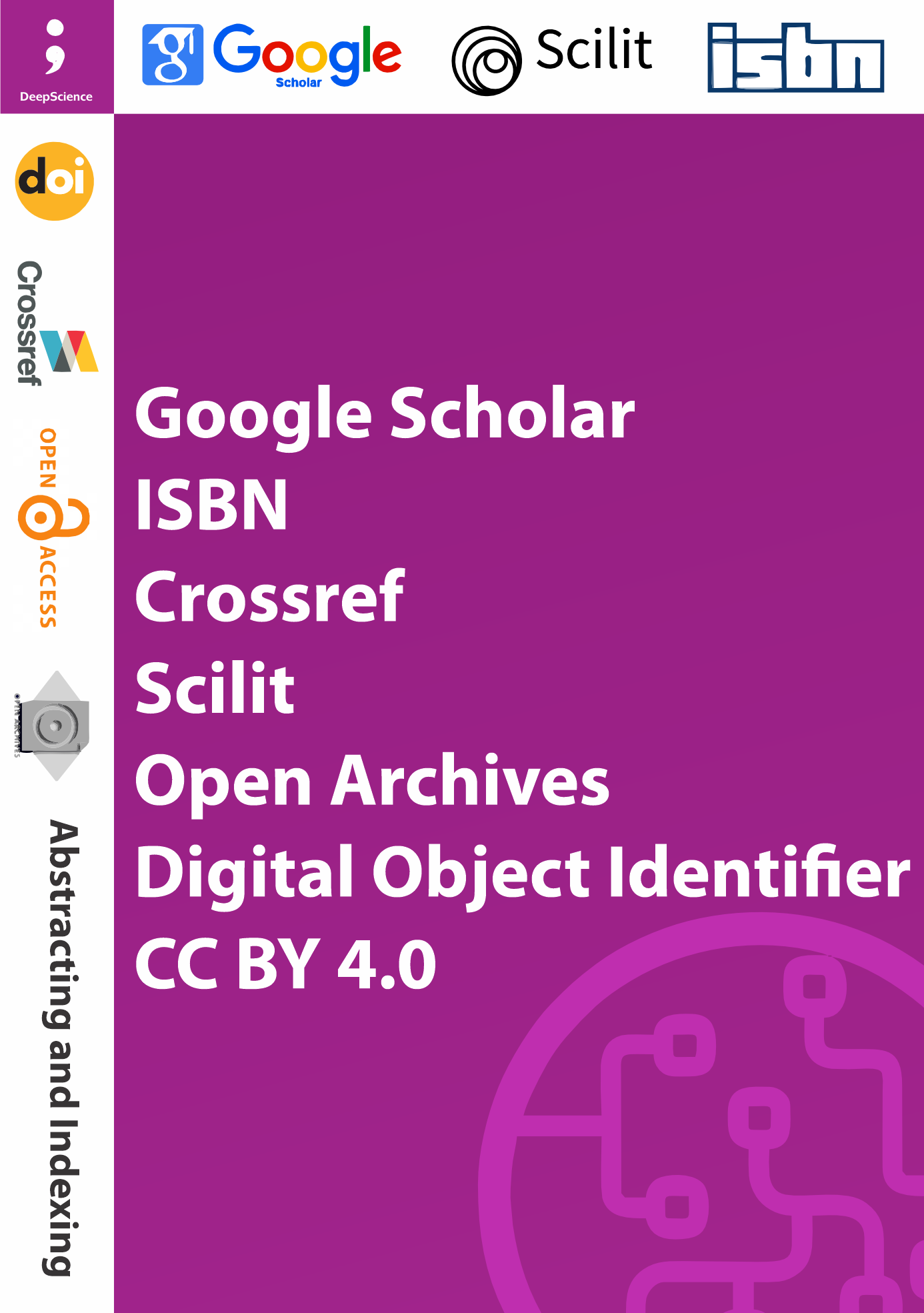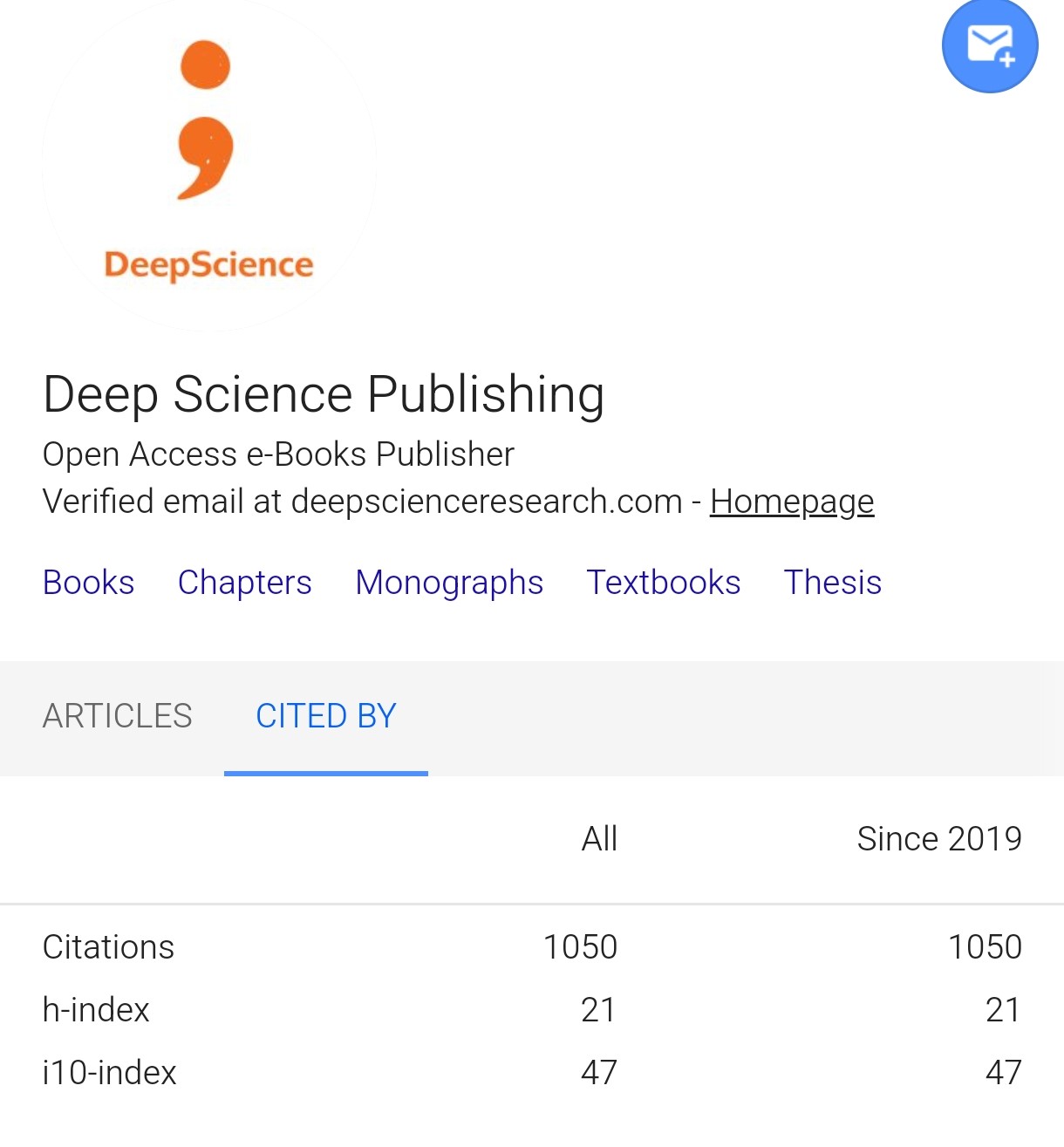Stimuli-responsive nanoparticles: Controlled drug release strategies in tumor microenvironment
Synopsis
Stimuli-sensitive nanoparticles are emerging as a high-tech tool for advancing the controlled and targeted delivery of therapeutic drugs in the TME. The TME exhibits characteristic features such as acidic pH, higher glutathione concentrations, overexpressed enzymes, and hypoxia, and this can be exploited for the controlled release of therapeutic drugs. These intelligent nanoparticles are engineered in a manner that responds preferentially to some internal (endogenous) or external (exogenous) stimuli and therefore release therapeutic drugs in a controlled manner at the tumor site while suppressing systematic toxicity and side reactions. Representative examples for this platform are pH-sensitive, redox-sensitive, enzyme-sensitive, and temperature- or light-activated nanoparticles. Stimuli-sensitive systems enhance the accumulation and retention of anticancer drugs in tumor tissues and therefore improve treatment efficacy and clinical outcomes. This chapter identifies new methodologies, design parameters, and translational potential of stimuli-sensitive nanoparticles for cancer therapy and eliminating obstacles like tumor heterogeneity, biocompatibility, and regulatory hurdles.













